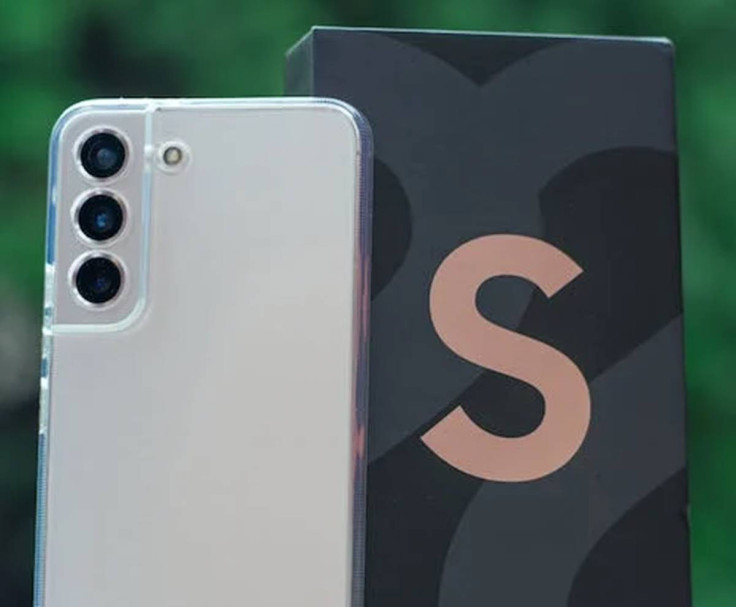Samsung Galaxy S23 Ultra display turns out to be more energy-efficient than iPhone 14 Pro Max
The Samsung Galaxy S23 Ultra panel is more energy efficient than the iPhone 14 Pro Max display, according to an XDA Developers' display reviewer.
The recently unveiled Samsung Galaxy S23 Ultra boasts a myriad of awe-inspiring features. The Korean smartphone giant's latest flagship offering has been subject to a lot of reviews lately. The handset offers a long battery life on a single battery charge.
The device's incredible battery life can be attributed to the Snapdragon 8 Gen 2 "for Galaxy" chipset. Aside from this, there are several factors such as improved software optimization that extend the Galaxy S23 Ultra's battery life. Now, Full-stack web developer Dylan Raga claims the Galaxy S23 Ultra's impressive battery life is a result of the materials the company has used to make the AMOLED panel.
The #SamsungS23Ultra is using a unique set of OLED luminescent materials I haven't seen before. It's not a simple classification of "M11" vs. "M12", there's a divergence in the individual emitters.
— Dylan Raga (@dylan_raga) February 14, 2023
🧵Thread ↓
The Korean brand appears to have used M11 materials for the Galaxy S23 Ultra screen's blue pixels rather than the latest M12 materials. Still, the source believes there's "a divergence in the individual emitters." So, it isn't as simple as putting the S23 Ultra's display under the M11 category. This implies that the Galaxy S23 Ultra screen is highly efficient in terms of energy consumption.
In fact, it beats the iPhone 14 Pro Max's panel which is made using the new M12 materials. The green emissions from the Galaxy S23 Ultra's screen are reportedly broader compared to the M12-based displays. Aside from this, it looks like the panel on the Ultra model has new red light emitters.
Most notable change is broader green emission compared to M12, which helps efficiency. Red emitters are also new, with a slight bump down in wavelength. However, the S23U still uses M11 blue materials, which may be a supply chain issue. Or perhaps it is unique to the iP14P. pic.twitter.com/BoH0poHH05
— Dylan Raga (@dylan_raga) February 14, 2023
Despite using blue light emitters that are based on M11, the Galaxy S23 Ultra display is more energy efficient than the iPhone 14 Pro Max panel at the same brightness levels. Raga shared an image of a graph comparing the Galaxy S23 Ultra, iPhone 14 Pro Max, and Galaxy S22+ smartphones.
In the end, it all comes down to efficiency. And the S23 Ultra delivers. On par with the iPhone 14 Pro Max up to 400 nits, and takes the lead in HBM, using ~600 mW fewer at 1150 nits fullscreen. Generationally better than the S22+ M11 screen (which is also 9% smaller in area) pic.twitter.com/7tE2W9R2GU
— Dylan Raga (@dylan_raga) February 14, 2023
If the demonstration is anything to go by, the Galaxy S23 Ultra has the same energy consumption and screen brightness as the iPhone 14 Pro Max. However, this similarity is only up to a point. The Galaxy S23 Ultra panel is more energy efficient after about 400 nits. The smartphone's panel uses nearly 600 mW less than Apple's iPhone 14 Pro Max after 1150 nits of brightness (fullscreen) in high brightness mode.
In fact, even the Galaxy S22+ panel outperforms the iPhone 14 Pro Max display in terms of energy efficiency at roughly 800 nits. Nonetheless, the Galaxy S23 Ultra is more impressive given that it doesn't use the new M12 materials. Still, it manages to perform better than the iPhone 14 Pro Max in the fullscreen brightness curve.
So, it is safe to say that the Galaxy S23 Ultra is one of Samsung's best offerings yet. Although it retains the outward appearance of its predecessor, the new flagship has multiple improvements that provide an unparalleled user experience.

© Copyright IBTimes 2025. All rights reserved.






















